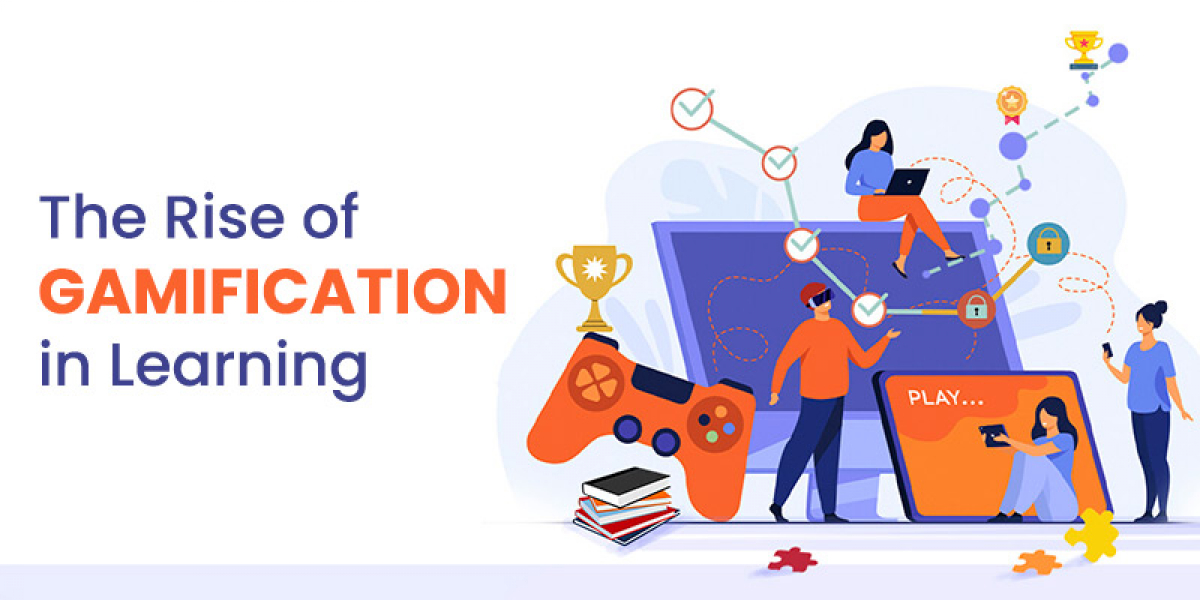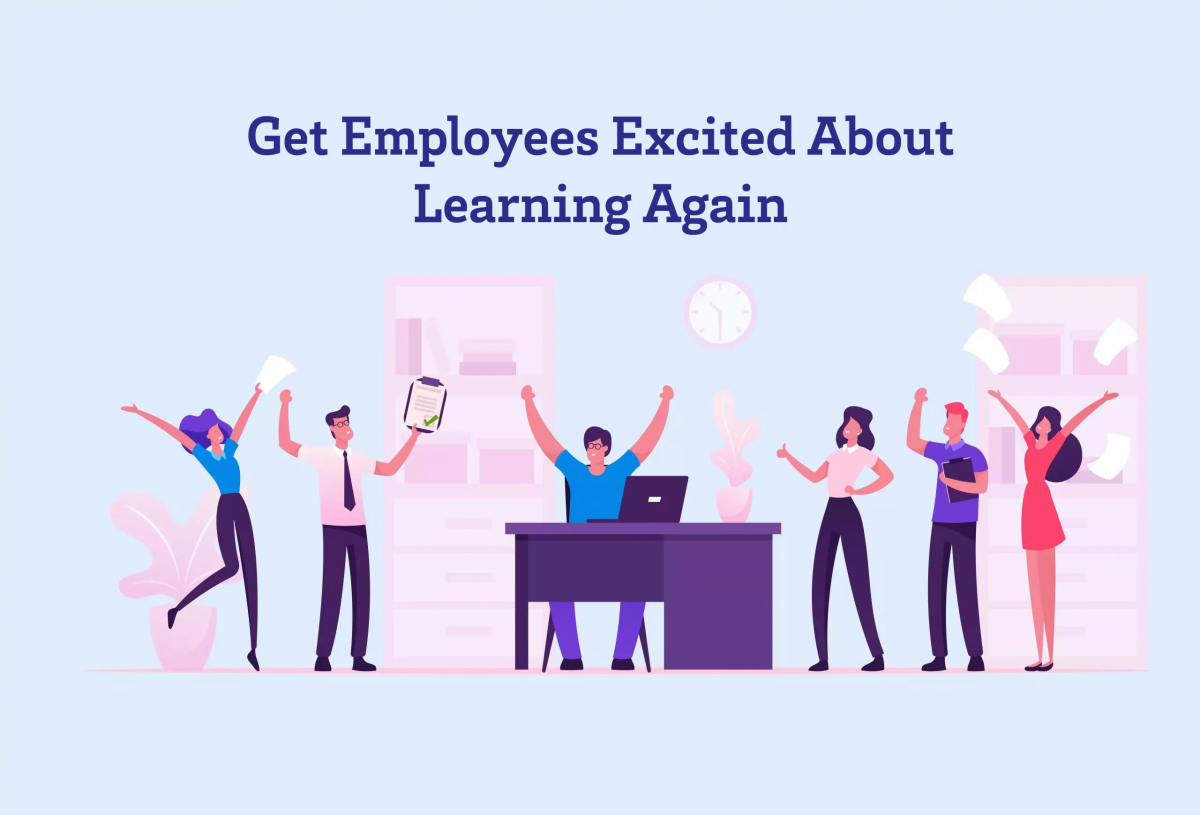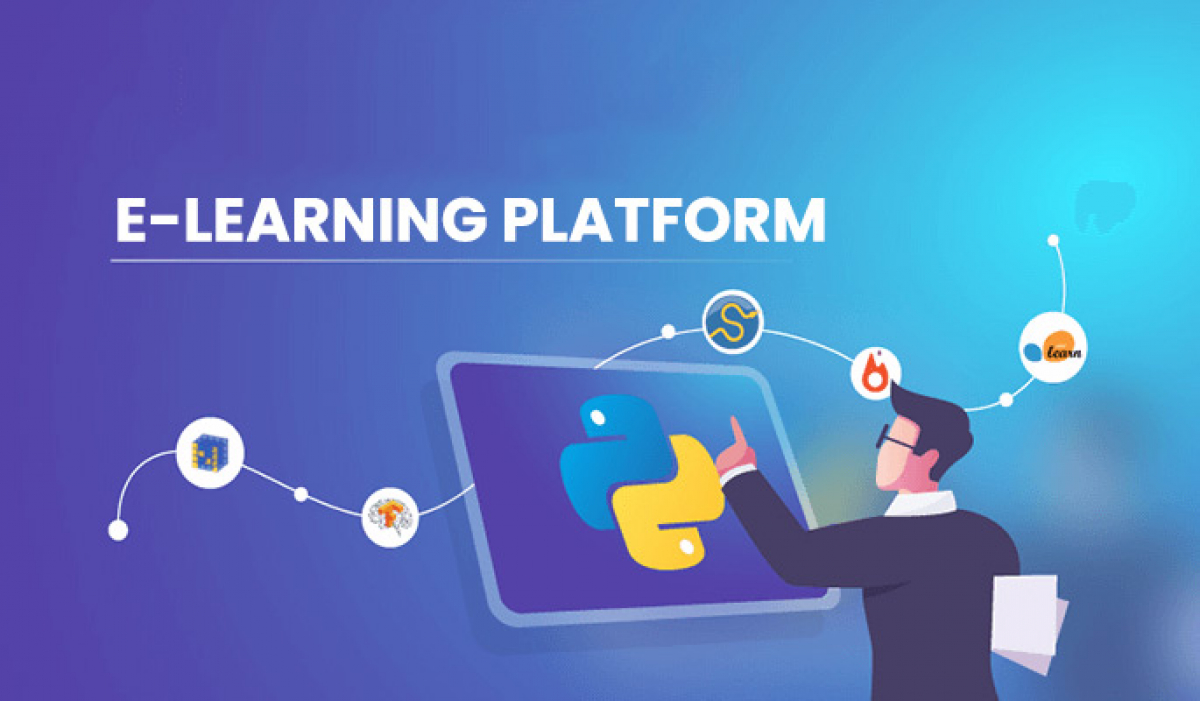Education has gone through a metamorphosis. Education was confined to benches in classrooms and information shared by teachers. Today, it has grown to become a powerful tool which can be accessed from anywhere and be used to make oneself knowledgeable about any topic. The previous generations could not study and play at the same time. However, education has taken a turn where playing can also be learning. The digital age has ushered in a new era of education. Now you can learn while playing games. It does not have to be a burdensome task anymore. By incorporating game-like elements into the learning process, gamification injects a dose of fun, competition, and motivation, leading to a more engaging and effective learning experience for individuals of all ages.
Why Gamification? Understanding the Appeal
Learning can often feel like a chore, filled with memorization and repetitive tasks. Gamification of learning disrupts this by tapping into our inherent human desire for play and competition. Here's how it works:
● Intrinsic Motivation: Games trigger the release of dopamine, a neurotransmitter associated with pleasure and reward. This intrinsic motivation fuels engagement and keeps learners coming back for more.
● Challenge and Mastery: Games provide a sense of challenge and accomplishment. Learners progress through levels, unlock badges, and earn points, fostering a feeling of mastery as they acquire new skills and knowledge.
● Immediate Feedback: Games offer constant feedback on performance. Learners can see their progress in real-time, allowing them to identify areas for improvement and adjust their learning strategies.
● Social Interaction: Gamified learning isn't just solo quests! Games can be designed with teamwork in mind, fostering communication, collaboration, and a friendly touch of competition among learners as they work together towards a common goal.
Beyond Points and Badges: The Gamification Toolbox
Gamification goes beyond simply adding points and badges. Here's a look at some key elements that make it effective:
● Storytelling and Narrative: A compelling narrative can weave learning objectives into a captivating story, giving learners a reason to care about what they're learning.
● Leaderboards and Challenges: Healthy competition can be a powerful motivator. Leaderboards allow learners to compare their progress with others, fostering a drive to excel.
● Quests and Missions: Chunky learning? No thanks! Gamification breaks down big topics into bite-sized quests with clear goals. Learners conquer these mini-challenges, get a dopamine boost from achievement, and stay motivated to keep learning.
● Virtual Rewards and Badges: Unlocking badges or virtual rewards for completing tasks provides a sense of achievement and reinforces positive learning behaviours.
● Levels and Progression: Structured levels with increasing difficulty create a sense of progression, motivating learners to keep advancing their knowledge and skills.
● Avatars and Customization: Allowing learners to personalize their learning experience through avatars and customization options fosters a sense of ownership and engagement.
The Benefits of Gamification
The benefits of incorporating gamification into learning are numerous:
● Increased Engagement and Motivation: Gamification makes learning more fun and interactive, leading to higher levels of engagement and motivation. Learners are more likely to actively participate and retain information when they're having a good time.
● Improved Knowledge Retention: The interactive nature of gamification, with its focus on repetition and application of knowledge, leads to better information retention compared to traditional methods.
● Enhanced Problem-Solving Skills: Many games require strategic thinking and problem-solving skills. Gamified learning experiences can help learners develop these critical skills in a safe and engaging environment.
● Boosted Confidence and Self-Esteem: Overcoming challenges, earning badges, and achieving goals in a gamified learning environment can boost learner confidence and self-esteem, encouraging them to persevere in their learning journeys.
● Personalized Learning Paths: Gamification allows for personalized learning experiences. Learners can progress at their own pace, focusing on areas where they need more practice.
Applications of Gamification: Learning Across All Domains
Gamification isn't confined to classrooms. It is being applied across various learning domains:
● Corporate Training: Companies are using gamified training modules to onboard new employees, improve soft skills, and provide ongoing professional development opportunities.
● Educational Institutions: From primary schools to universities, educators are incorporating gamified elements into their curriculum to make learning more engaging and effective for students.
● Skill Development Platforms: Online platforms offering language learning, coding, or other skill development courses leverage gamification to keep users motivated and track their progress.
● Personal Learning: Gamified apps and online platforms make personal learning pursuits, like mastering a new hobby or learning a new language, more fun and interactive.
The Future of Gamification: Immersive Learning and Beyond
The future of gamification in learning is brimming with exciting possibilities:
● Virtual Reality (VR) and Augmented Reality (AR): Imagine practising a surgical procedure in a VR environment or exploring ancient civilizations through AR. These immersive technologies, combined with game mechanics, can create powerful and realistic learning experiences.
● Adaptive Learning: Gamified learning platforms can be integrated with AI to personalize the learning experience further. The platform can adapt to individual learning styles and adjust the difficulty level or content based on the level of understanding of the learner.
Conclusion
The future of gamification in learning is brimming with possibilities. With the integration of VR, AR, and AI, learning experiences are poised to become even more immersive, personalized, and effective. Gamification is not simply a fad. It's a powerful tool that can unlock a world of engaging and transformative learning experiences for individuals of all ages and backgrounds. As we move forward, gamification of learning will not only make learning more enjoyable, but it will also empower individuals to become lifelong learners, constantly seeking new knowledge and skills in a fun and rewarding way.




